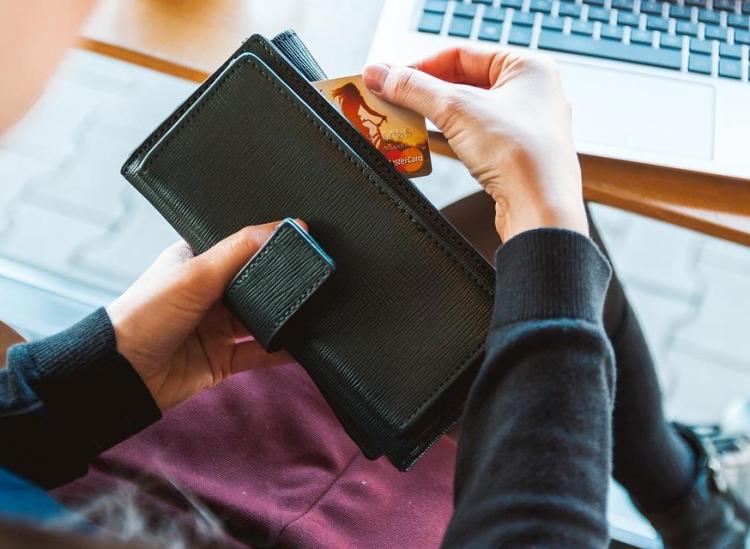What You Should Do If Your Credit Card Has Fraudulent Activity

Maxpixel
If you’ve never fallen victim to fraudulent activity, you may think the issue is not something to worry about. Unfortunately, those who have experienced fraud know all too well how real and scary it is, and you’re not immune just because it hasn’t happened to you yet. 46 percent of Americans have dealt with credit card fraud in the last five years, and 47 percent of the world’s credit card fraud happens in the U.S. Basically, you’ve got a heads-or-tails chance of it happening to you.
Before fraud strikes, know what to do. We’ll show you the way to knowing exactly the right steps to take if you ever have to deal with this, and trust us when we say that you will thank yourself for being prepared.
Step 1: Confirm that you have, in fact, experienced fraud.
The easiest way to discover credit card fraud is to…well…look at your statement and account transactions frequently. Make it a habit to do so if you don’t already, because the less often you check your accounts, the less likely you’ll be to notice something funky is going on.
Take a look at your balance and recent transactions. Are you noticing purchases that definitely aren’t yours, like a huge Sephora order from a city across the country? Yep, you’ve been frauded. Banks are supposed to keep an eye on this sort of activity and notify you, and you can take preventative measures like signing up for identity theft protection programs, like LifeLock, but keeping an eye out for yourself is important.
Step 2: Deactivate that credit card — and fast!
Every minute you wait to call your bank, the thief with your information is making one more purchase with your money. The second you know that your card has been compromised, you must call your bank to let it know if it hasn’t already contacted you.
What will likely happen next is that your card will be deactivated and a new card will be sent to you. You’ll need to create a completely new pin, change your online banking password and change every other piece of information that someone could already have about you.
Step 3: File a claim.
If your card information was used for purchases, you likely have pending or approved transactions. That means that you’re missing money, which is the worst part of fraudulent activity. When you notify your bank, you’ll also have to file a claim in which you document every transaction that isn’t yours. Your bank will look at each claim and typically give you the money back while it assesses whether fraud happened or not.
It’s rare that you’d be denied a claim in the end, but if you are, know how to dispute it successfully.
Step 4: Keep yourself protected.
When you experience fraudulent activity, your perspective on your spending habits will forever be changed. Know how to keep your financial and personal information protected by taking the following precautions:
- Only use ATMs at verified banks.
- Keep a watchful eye on your card whenever you’re paying a bill at a restaurant or clothing store. (Fraudulent activity can occur when someone has your physical card and swipes it through a personal reader.)
- Only use your card on security-safe websites.











